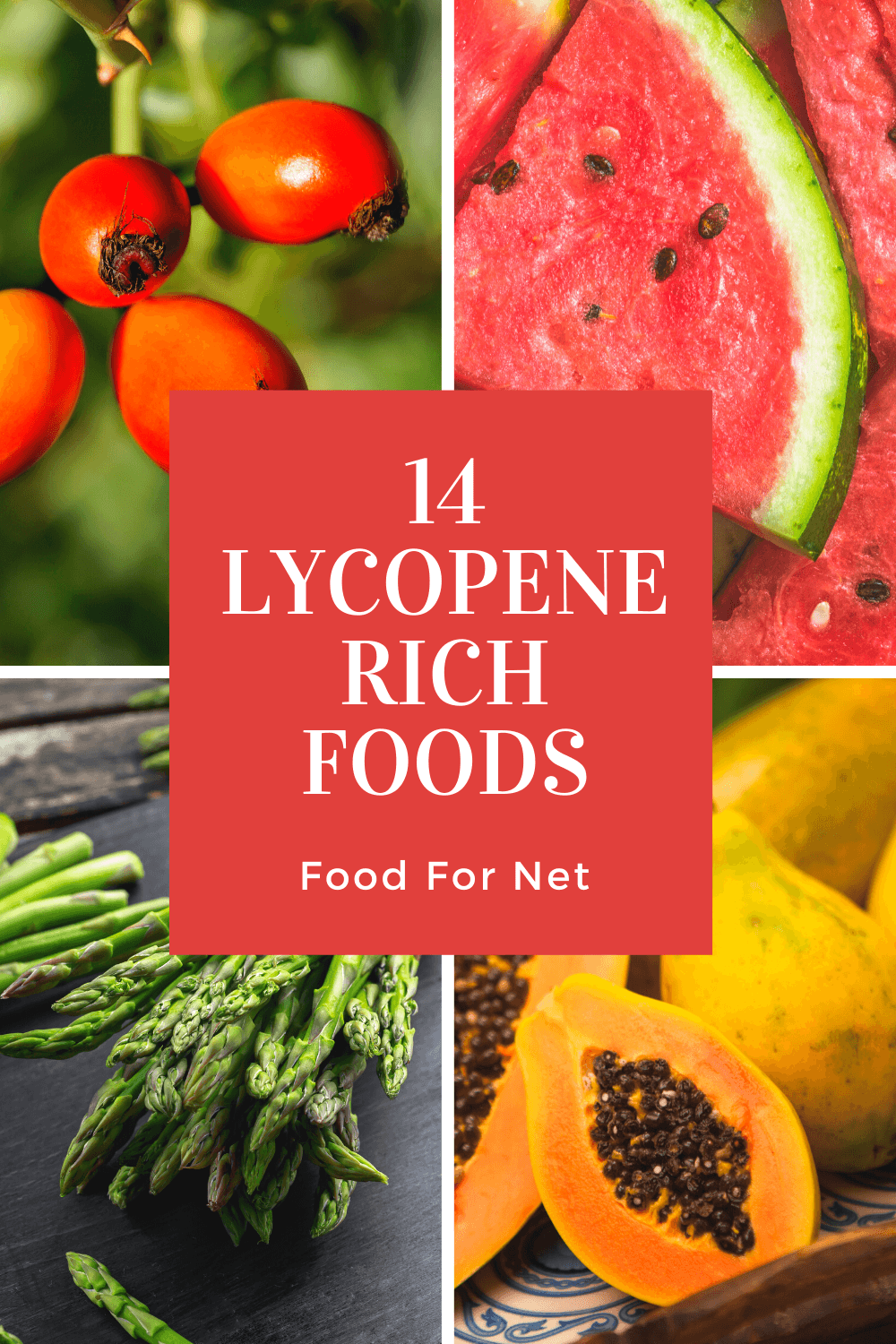
Lycopene is one of many plant-based compounds that may also play a notable role in human health. It’s an easy compound to find, as lycopene is the pigment molecule that creates the red and pink coloring that you see in fruits and vegetables. Tomatoes are famous for their lycopene content, but there are many other lycopene rich foods too.
While lycopene has been a trending compound, research into the potential benefits is still ongoing. This means that the effects aren’t fully known and potential benefits haven’t been proven. Still, there is some evidence that lycopene may help to decrease cancer risk, protect against sunburn, protect your brain, and improve your eyesight.
Much like vitamin C, lycopene also happens to be an antioxidant. The antioxidant properties provide a whole host of other potential benefits and are yet another reason for consuming lycopene.
In the end, it doesn’t matter how much proof there is for the benefits of lycopene. Lycopene foods offer many advantages. They are all good parts of a healthy diet, providing you with essential nutrients and other important compounds.
There’s one more thing to mention. Unlike many vitamins and minerals, there is no recommended daily intake for lycopene, as humans don’t need lycopene to survive. Still, with all the potential benefits that lycopene offers, getting the compound in your diet regularly just makes sense.
Lycopene Rich Foods
- Tomatoes
- Rose Hips
- Guavas
- Pink Grapefruit
- Regular Grapefruit
- Watermelon
- Papaya
- Red Bell Peppers
- Asparagus
- Red Cabbage
- Persimmon
- Many Soups
- Pasta With Marinara Sauce
- Hamburgers
Tomatoes
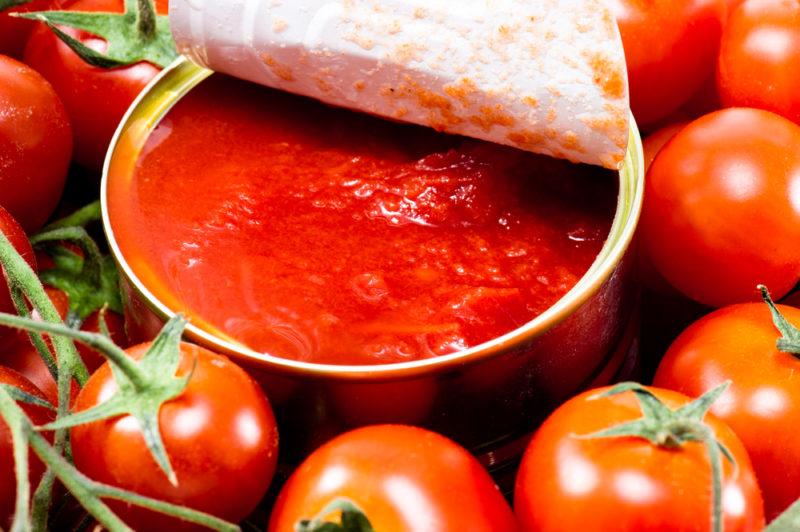
Tomatoes are the most obvious entry on this list. They’re also a very easy place to get lycopene, as you can eat tomatoes fresh or cook them as part of a meal.
You’re not limited to whole tomatoes either. Tomato-based products often contain a decent amount of lycopene too. In fact, a cup of canned tomato puree will provide you with more lycopene than most other sources. This can be a good choice, as many recipes will use at least this much tomato puree.
Tomato paste is another option. This paste is highly concentrated, so it ends up being an even better source of lycopene per gram than tomato puree. The catch is that you’re not using as much at a time.
Fresh tomatoes are easy to find locally and you can even grow your own. But, if you’re looking for more variety, you could try ordering tomatoes online too. Some online suppliers provide a wider selection of different tomato varieties, which is a great way to expand your experience.
The lycopene content will vary depending on the variety of tomato that you choose. There may even be differences depending on the time of year and the soil that the tomato is grown in. Such differences aren’t a bad thing at all, especially as the flavor and texture changes between varieties can be very enjoyable.
Rose Hips
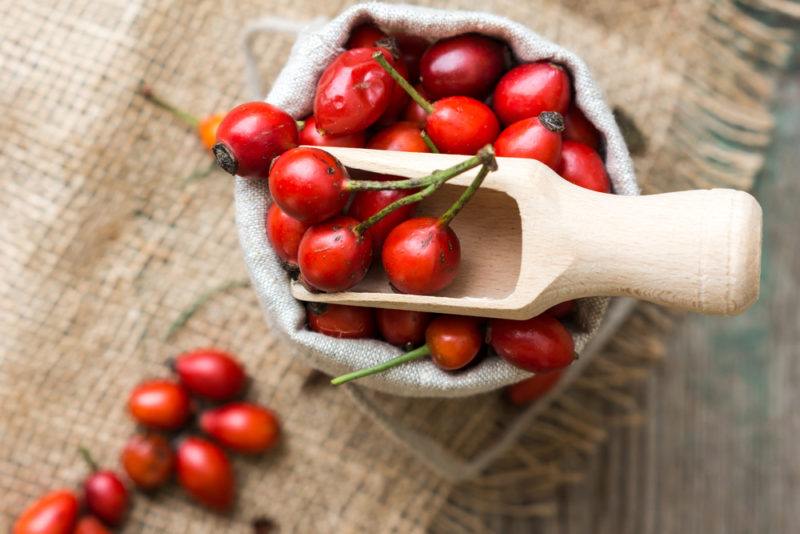
Here’s a less predictable option for lycopene. Rose hips are a type of accessory fruit from roses. The rose hips develop after roses have been pollinated and can be found just under the petals.
Rose hips are sometimes used to make preserves and herbal tea. There are some more unusual uses too, such as rose hip bread, soup, and wine. You can even eat the fruit raw, as long as you avoid all the hairs inside the rose hip.
The lycopene content is one reason to eat rose hips, as they are surprisingly impressive. You even get more lycopene in a cup of rose hips than you do in a cup of cooked tomatoes.
Guavas
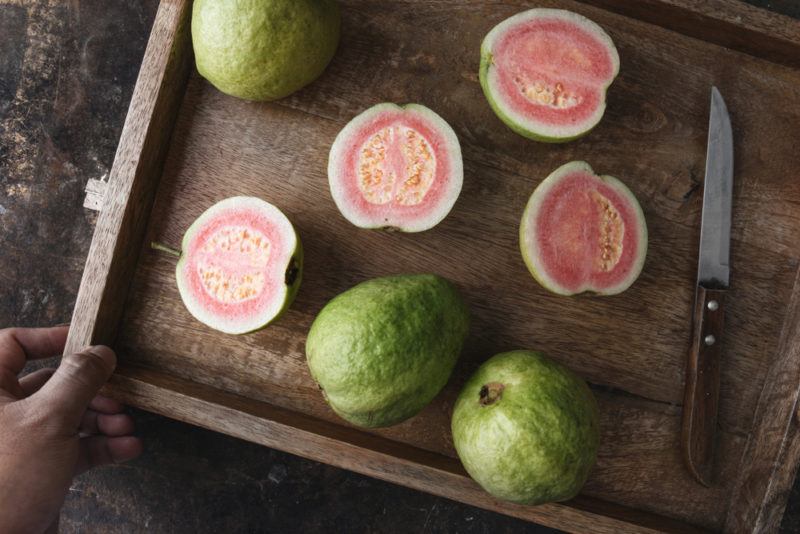
Guavas are more than just a delicious tropical fruit. They’re also a source of various interesting nutrients, including lycopene.
The lycopene content is roughly the same as rose hips. Of course, guavas tend to be more common and are easier to find than rose hips. There are countless ways to enjoy guavas too, such as including them in a fruit salad, eating them on their own, serving them as part of a dessert, or including them in a recipe.
Pink Grapefruit
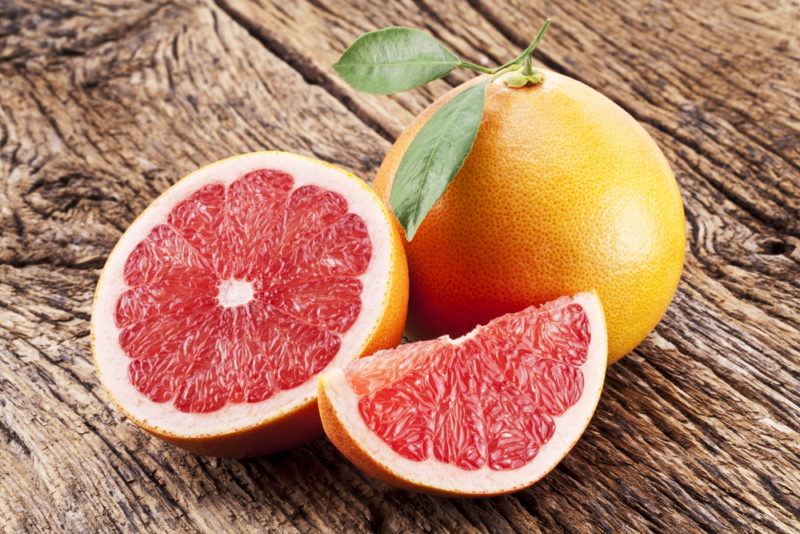
The color of pink grapefruit is an easy giveaway that this fruit contains lycopene as well. The amount is lower than some of the other fruits on this list, but this isn’t a problem as you don’t need an excessive amount of lycopene for health anyway.
Grapefruit also have the advantage of being naturally tart and contain less sugar than many other types of fruit. This makes them an easy choice for dieters and anyone else trying to keep their sugar intake low.
Just be wary if you are using medications. Some compounds in grapefruit block the action of an enzyme called CYP3A4. This enzyme plays a role in how many medications are broken down. As a result, eating grapefruit can lead to the accumulation of some medications in your body, which can cause a variety of negative effects.
There should be a warning on any medication where this interaction occurs. But, if you’re uncertain, be sure to check with your doctor before eating grapefruit regularly.
Regular Grapefruit
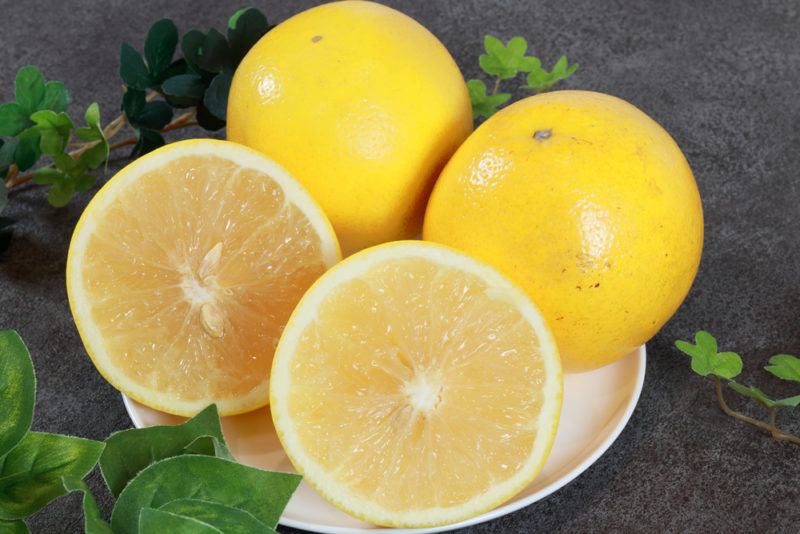
While pink grapefruit is higher in lycopene, other types of grapefruit still offer some of the compound, which gives you more flexibility when choosing your fruit.
The issues with grapefruit and medication remain the same regardless of the type of grapefruit that you choose. So, once again, talk to your doctor if you have any concerns.
Watermelon
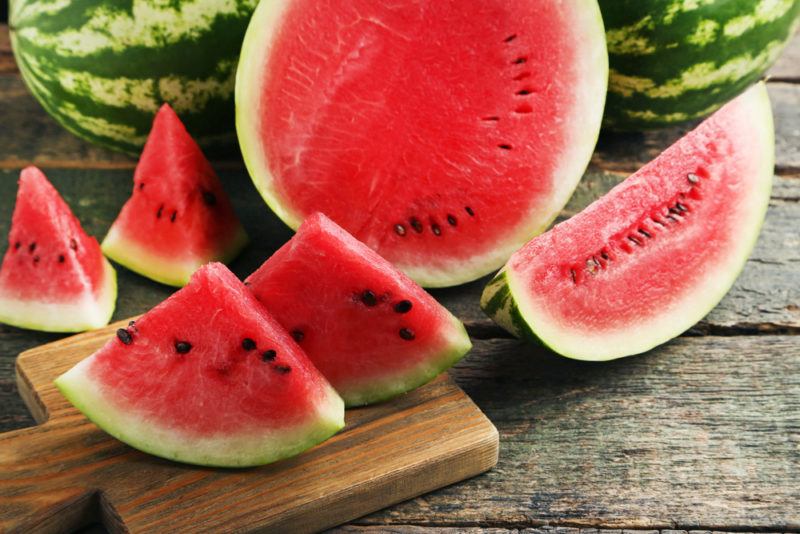
Watermelon continues the theme of pink fruit. It offers less lycopene per cup than guavas, but more than pink grapefruit or uncooked cherry tomatoes.
The high water content of watermelon makes it a refreshing type of fruit for the summer. It can also easily help you to stay hydrated. And, of course, you don’t need to just stick to one fruit or vegetable. You might use multiple fruits in a dessert or just snack on pieces of fruit throughout the day.
Papaya
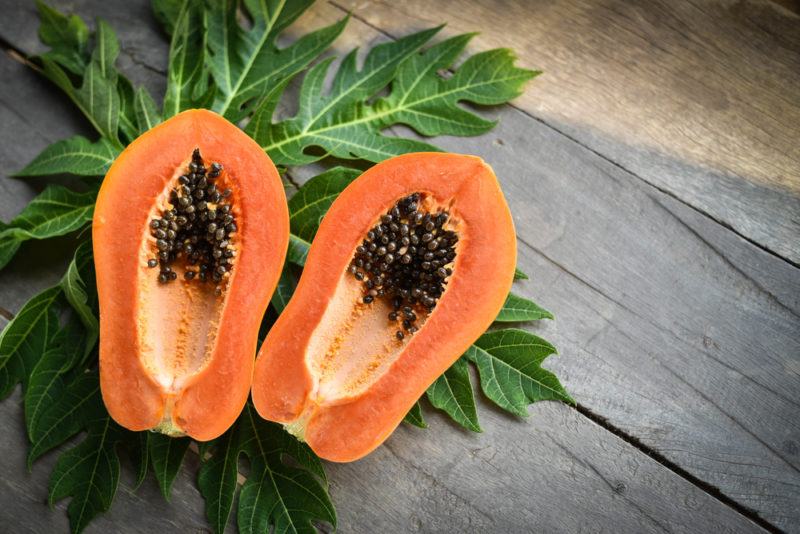
A papaya is a bright orange fruit with sticky black seeds in the center. The flesh color can vary somewhat, with some versions containing more red tones, while others have yellow tones instead.
The yellow-fleshed version of the fruit is sometimes called pawpaw, especially in Australia, where the red-fleshed version is known as the red papaya instead. Regardless of the name, the red-fleshed version of the fruit tends to be sweeter and is likely to contain more lycopene as well.
If you’re shopping for papaya in the United States, be aware that the term pawpaw (or paw paw) can sometimes refer to an entirely different species of fruit.
Red Bell Peppers
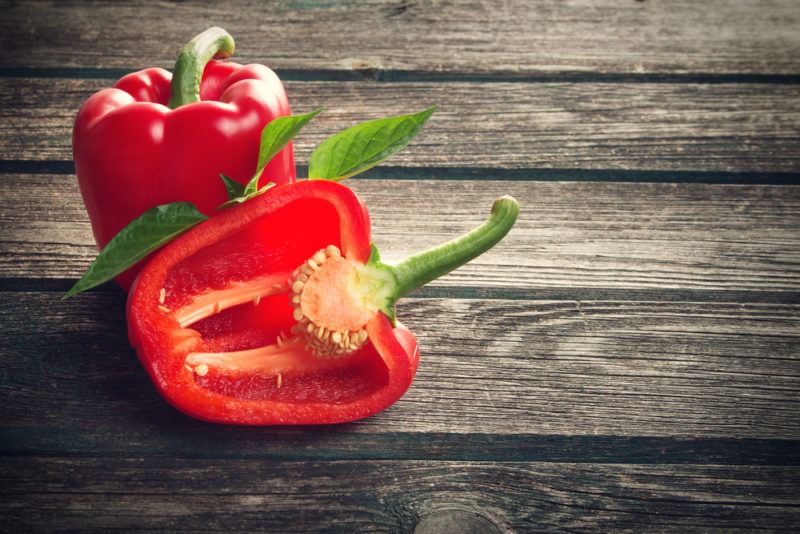
The bright red color of red bell peppers suggests that they should contain a large amount of lycopene. But, this isn’t really the case.
Instead, the lycopene content of red bell peppers is much lower than many of the other items on this list. Guavas, for example, contain around 8,600 μg of lycopene in a cup, while the same serving size of cooked red peppers only contains around 500 μg of the compound.
Still, red pepper is a useful ingredient. It has a vibrant flavor that works well with many meals. You can eat the pepper raw or cook it – and it will taste delicious either way.
Asparagus
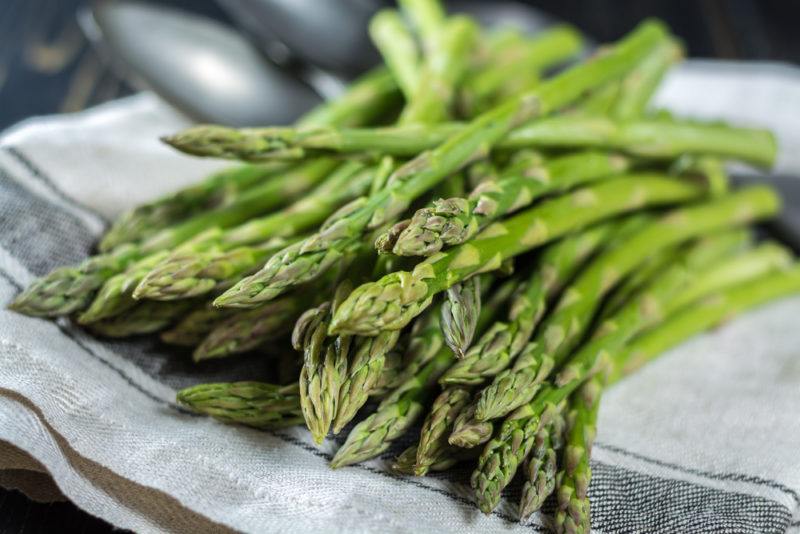
Asparagus might look like the odd one out on this list, as the vegetable is green. The amount of lycopene in a serving isn’t impressive either. You only get around 50 μg in a cup of cooked asparagus. You would need to eat an excessive amount of asparagus to get anywhere close to the levels in the fruits we’ve featured – and that isn’t a recommended practice.
Asparagus can still be considered lycopene rich due to the ratio of lycopene to calories. Because asparagus is low in calories, you end up with around 270 μg of lycopene per 200 calories.
This means that you can easily use asparagus to add a little lycopene to your diet. Doing so could be perfect if you are closely watching your calorie intake.
Red Cabbage
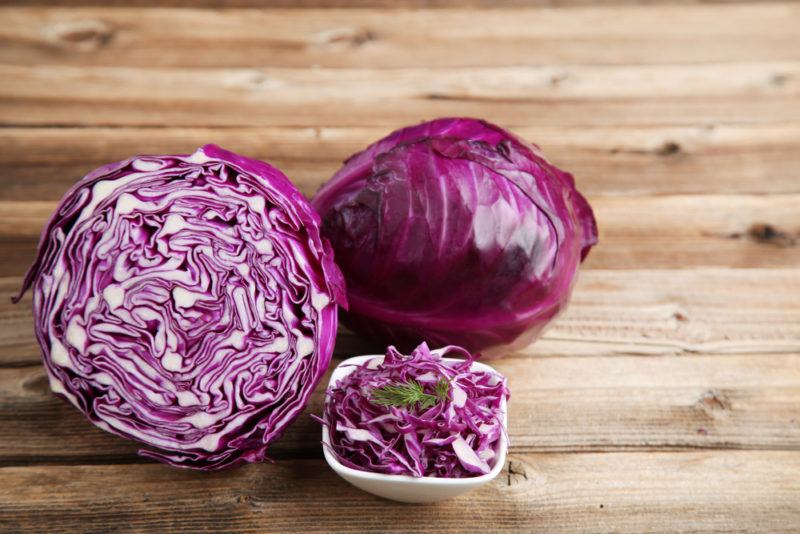
Red cabbage shows a similar pattern to asparagus. It is relatively low in lycopene, but is low in calories too. These two features balance each other out nicely, leaving you with a vegetable that’s a good addition to any diet.
Besides, red cabbage does offer many other beneficial compounds, including vitamin C and other antioxidants.
Persimmon
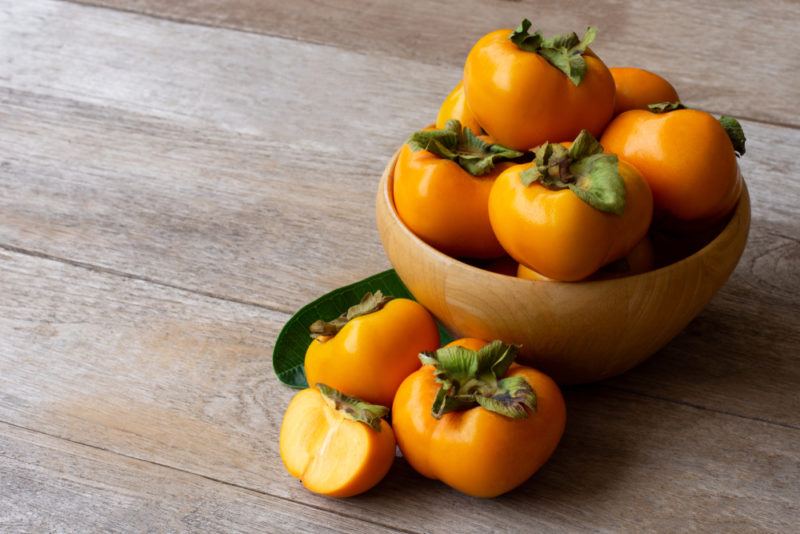
Persimmons are another slightly unusual type of fruit. They’re popular enough, but might not have been something that you grew up eating. Fuyu persimmons remain the most popular type of persimmon.
These have orange-red colored fresh and tend to be non-astringent. The terms suggests that the persimmons are free from tannins, but that idea isn’t strictly accurate. Instead, non-astringent persimmons contain fewer tannins than the astringent varieties and lose their tannins faster.
Because of this, Fuyu persimmons can be eaten when they’re firm and are still edible even once they become soft. Astringent persimmons, on the other hand, need to be quite soft when they are eaten.
The lycopene content in a whole Fuyu persimmon is only around 260 μg, so the fruit isn’t as lycopene rich as some of the other entries on this list. Still, you are getting some lycopene and there isn’t a recommended daily intake for the compound anyway.
So, if you enjoy the flavor of persimmons or simply want to try something different, why not give them a try?
Many Soups
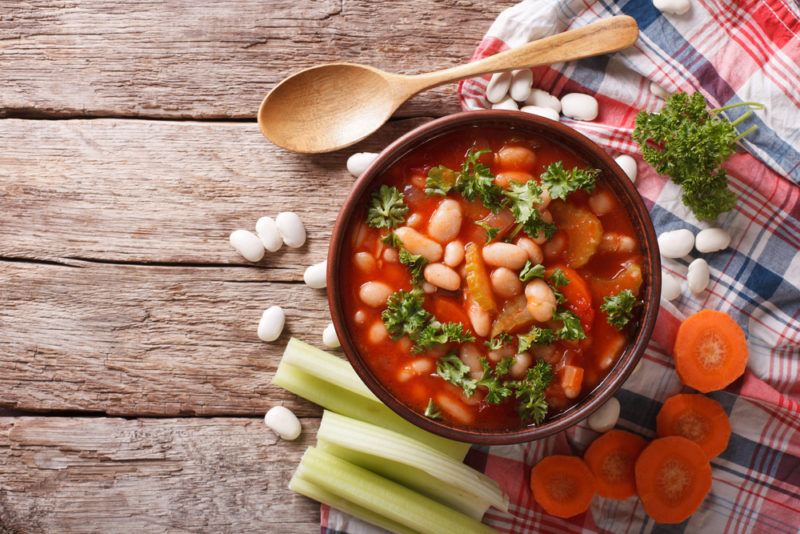
The lycopene content of tomatoes means that soups often end up being rich in lycopene too. Minestrone is one example, as the soup tends to use a tomato-based broth. Even canned minestrone from the grocery store will contain a decent amount of lycopene – although soup you make yourself will always be better.
And, of course, any type of tomato soup will give you plenty of lycopene. Tomato soup even ends up being one of your best choices because of the amount of tomato you’re using for the serving size.
Pasta With Marinara Sauce
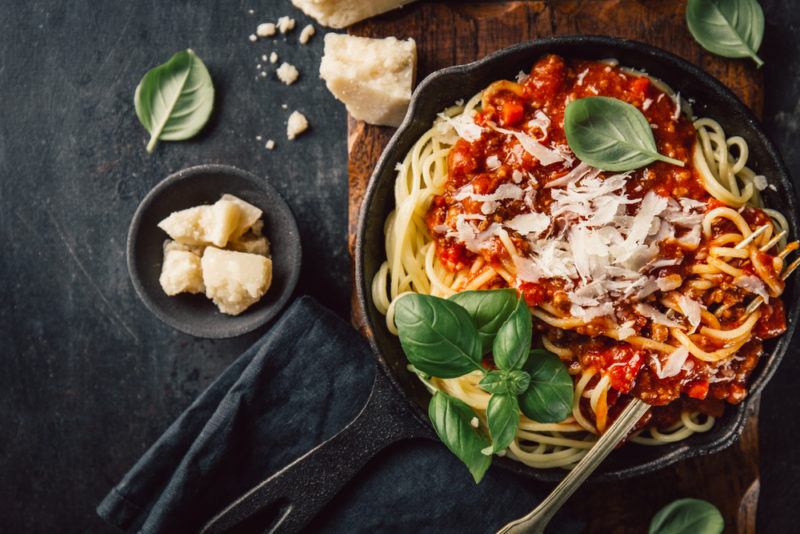
Marinara sauce heavily relies on tomatoes too, so any pasta meal with this type of sauce is naturally high in lycopene. This approach works well, as so many different recipes rely on a marinara base and then make their own variations.
You don’t need to stick with pasta either. You could easily substitute for a low carb pasta alternative, like zoodles or spaghetti squash.
Hamburgers
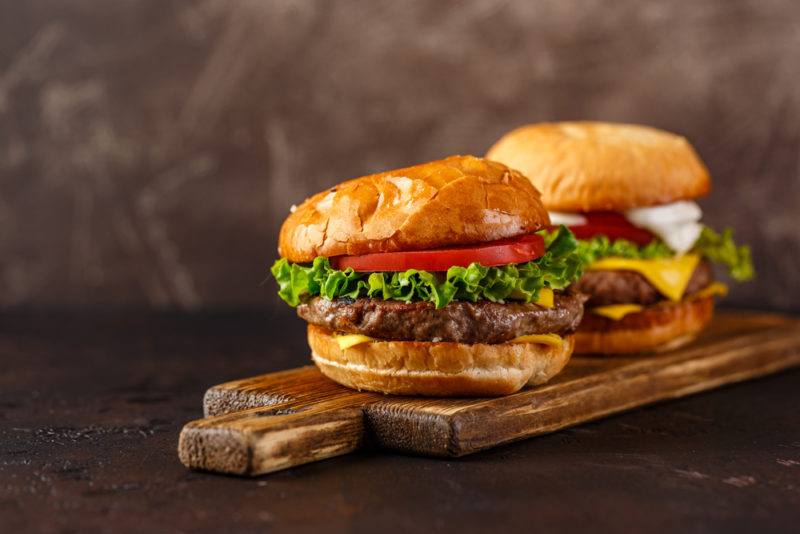
Depending on how you make them, hamburgers can provide you with lycopene too. After all, you’re often using sliced tomatoes and tomato sauce as ingredients, which are both high in lycopene. You could try adding some sliced red peppers in as well.

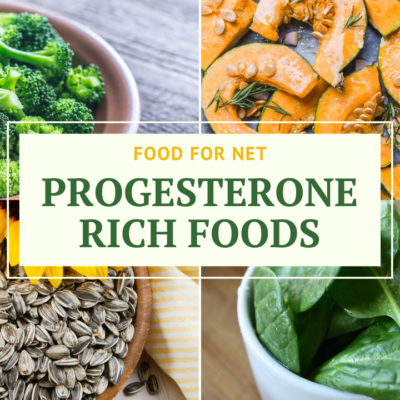
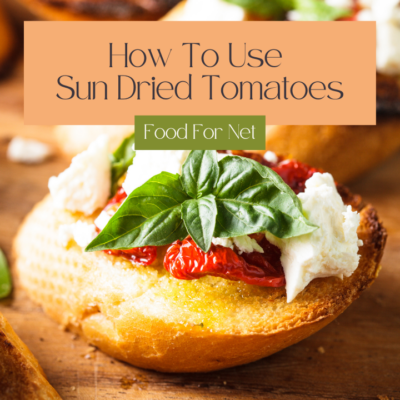
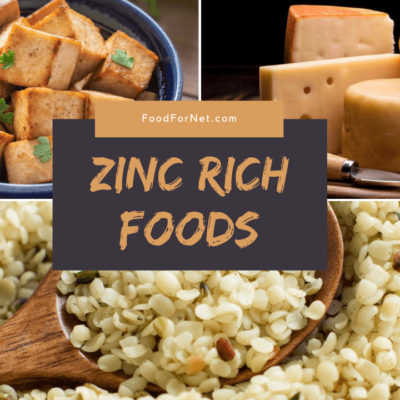
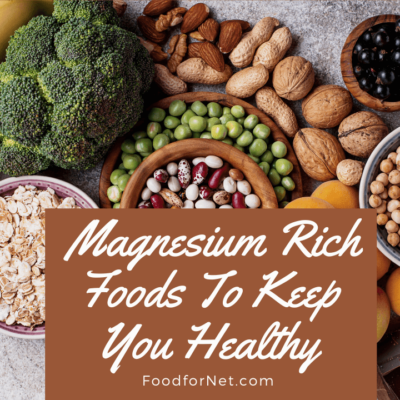
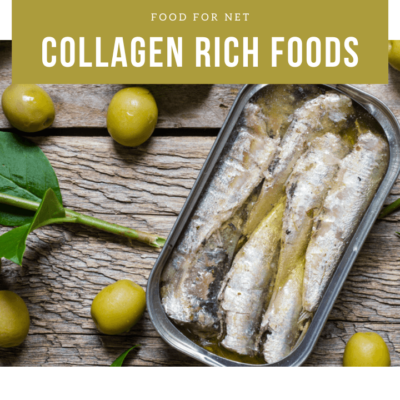
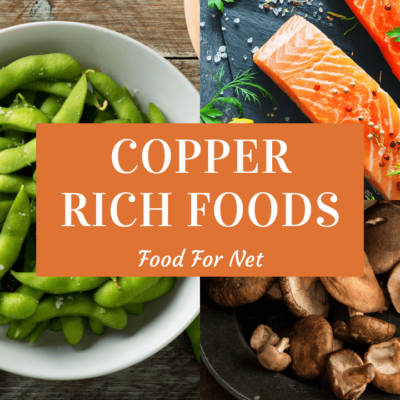
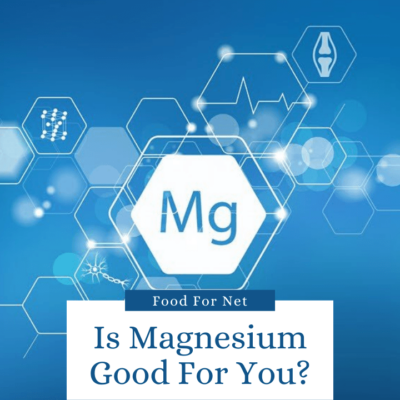

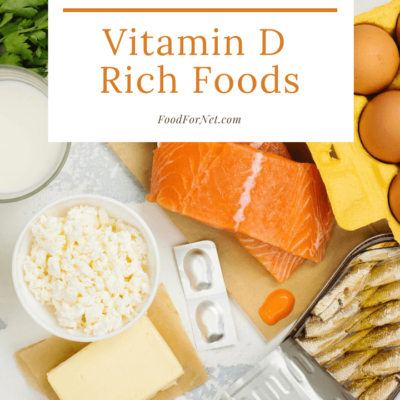
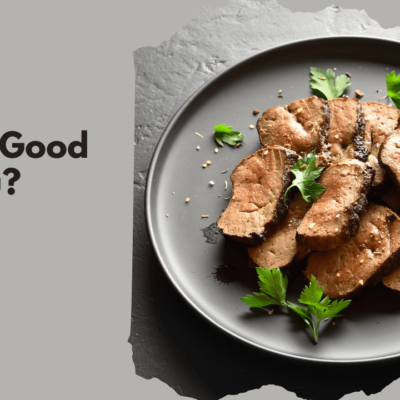



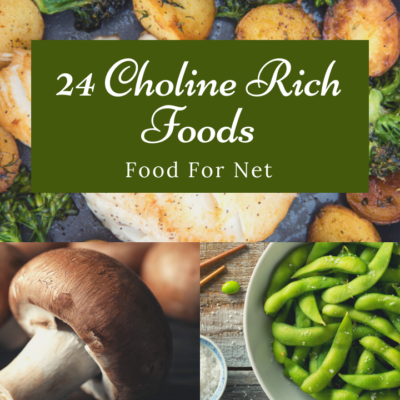
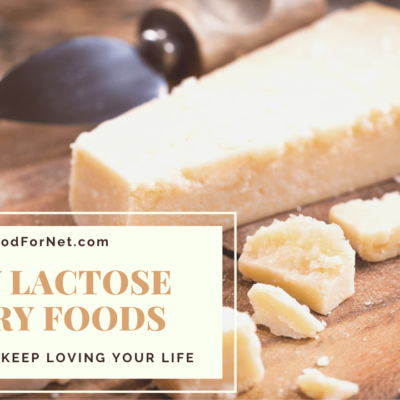
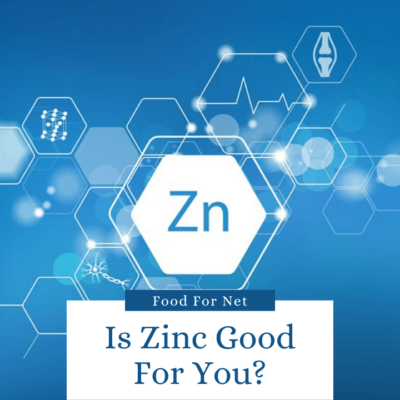
 20 Omega 3 Rich Foods – Including Vegetarian Choices
20 Omega 3 Rich Foods – Including Vegetarian Choices
Leave a Reply